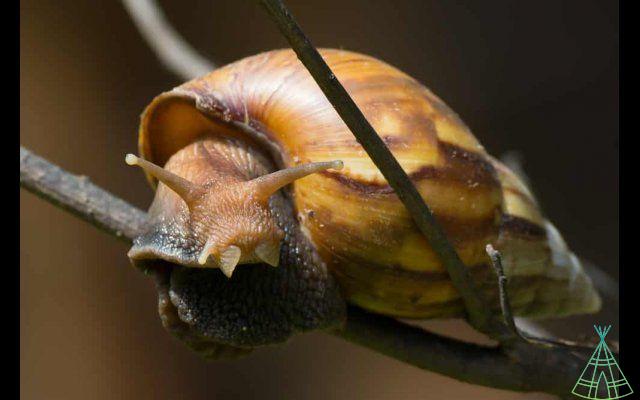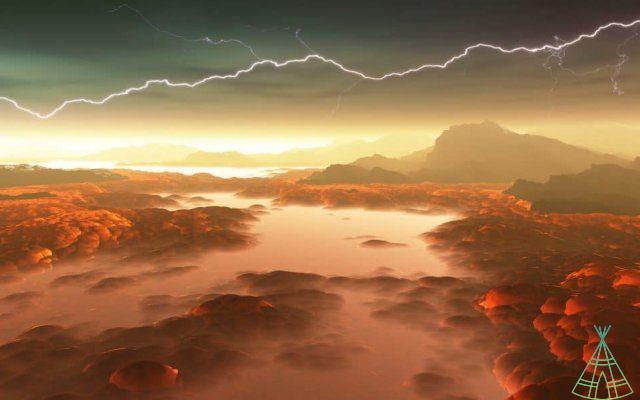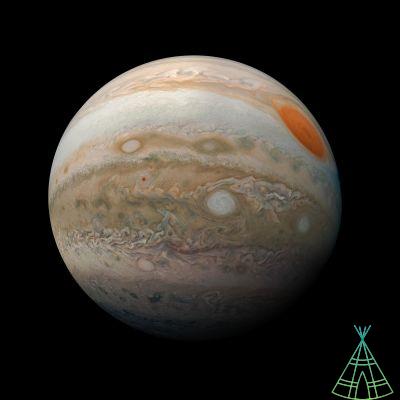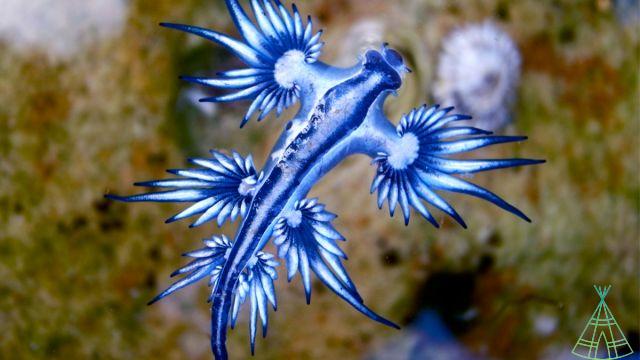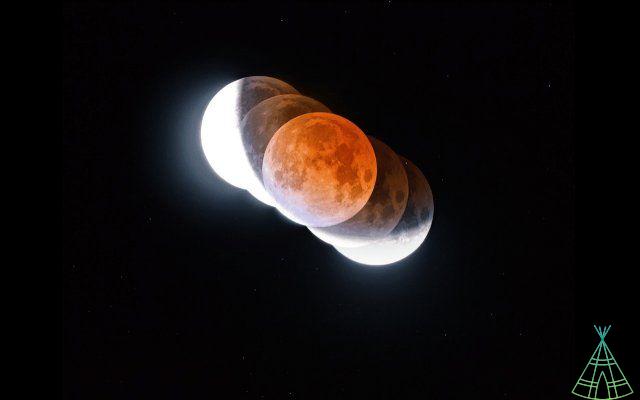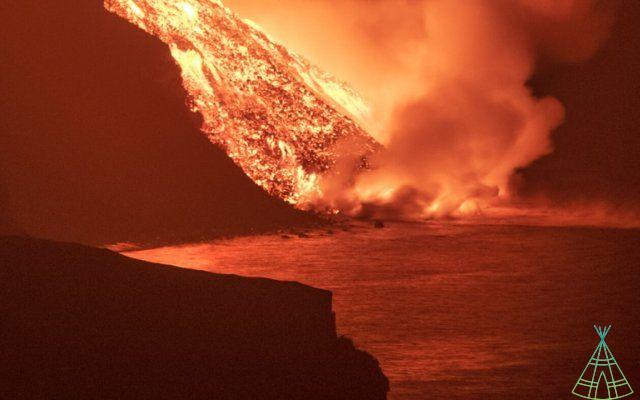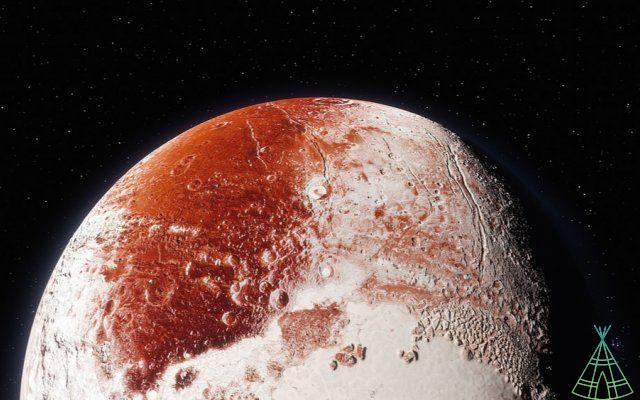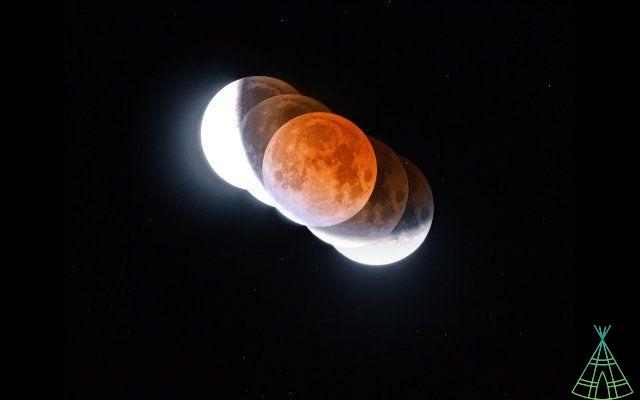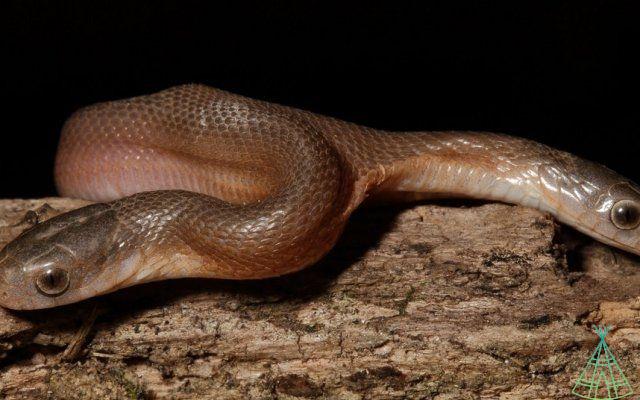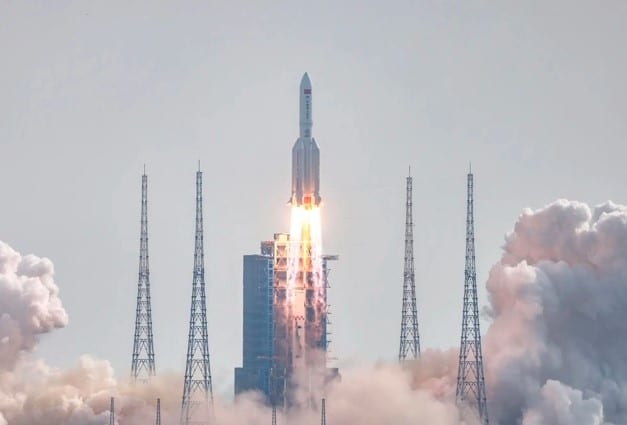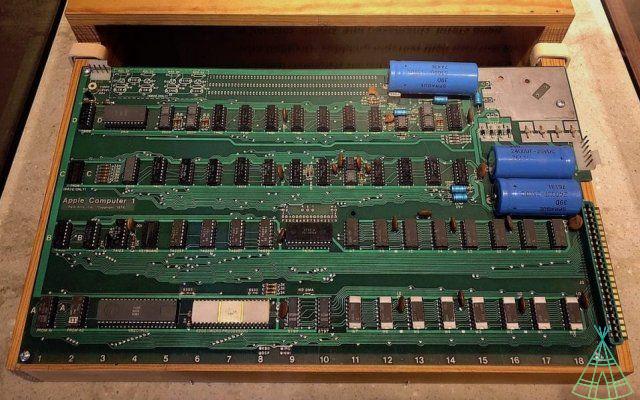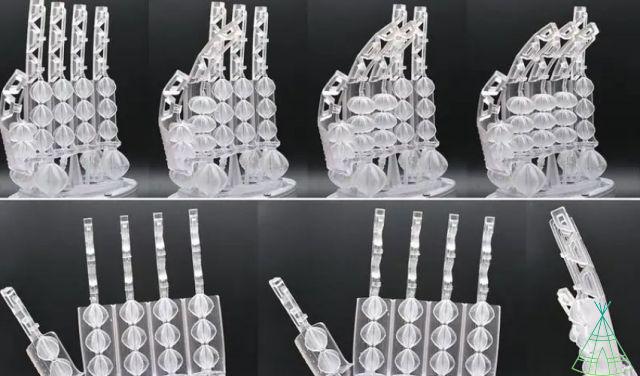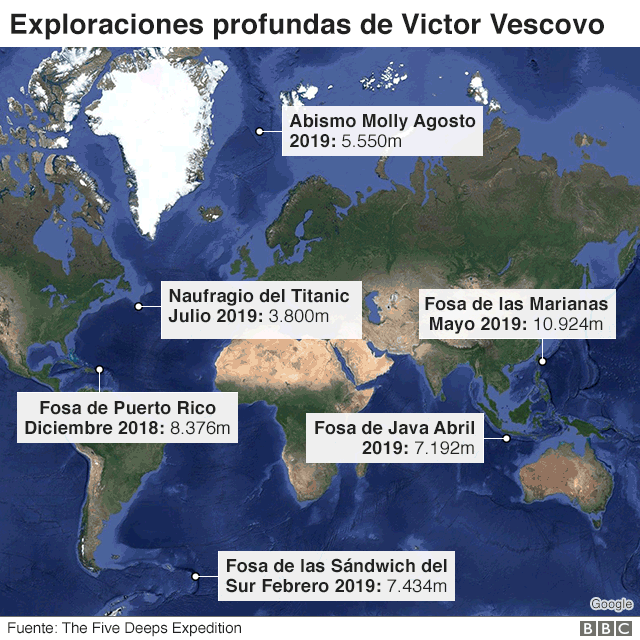Scientists at the Southwest Research Institute (SwRI), in San Antonio, Texas, have discovered the probable origin of the asteroid (or eta) Chicxulub, which is credited with causing the extinction of dinosaurs, which occurred 66 million years ago. years. According to the researchers, the object likely originated from the outer half of the solar system's asteroid belt.
Chicxulub had an estimated width of no less than 9,6 kilometers and its impact created a gigantic crater on the Yucatan Peninsula in Mexico, extending over 145 kilometers. The impact of the asteroid to Earth eliminated, in addition to non-avian dinosaurs, about 75% of all animal species on the planet, the largest mass extinction to date.
To try to figure out the object's origin, the researchers used putational models to analyze how asteroids are pulled from their orbit in different parts of the belt and subsequently attracted to the planets. More than 130.000 models were observed, along with data and behavior seen in other known objects.
carbonaceous chondrites
Before causing the extinction of the dinosaurs by colliding Earth, the asteroid orbited the Sun along with other objects in the main asteroid belt. This belt sits between Mars and Jupiter and uses the force of gravity to hold it in place. Until the completion of this study, researchers believed that few asteroids that collided with Earth came out of the outer half of the belt.
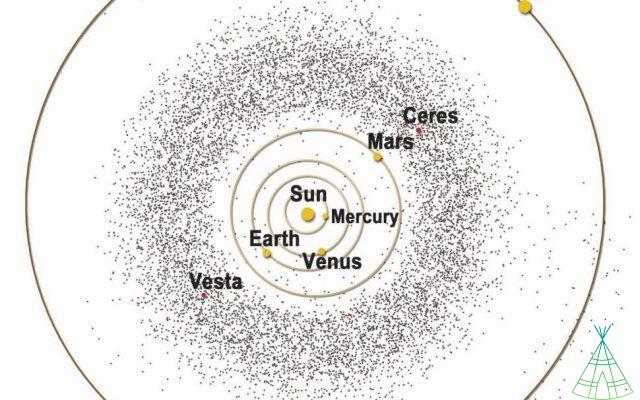
However, the SwRI researchers found that some escape areas can be created by thermal forces, which play a role in pulling more distant asteroids out of the belt's orbit and towards Earth. Objects found in the outer part of the asteroid belt include many rocks laid down by carbonaceous chondrites.
position one
In the solar system there are many objects that share similar characteristics to Chicxulub: a dark coloration, porosity and carbon in its position. However, the overwhelming majority of them are very small, less than a mile wide, so scientists have wanted to understand which asteroids farthest from the sun have evolved over the years.
Read more:
- Study can help predict impacts of asteroids and meteorites against Earth
- Asteroid Bennu could collide with Earth? NASA collects samples to investigate
- Organic matter found between Mars and Jupiter has clues to the formation of planet Earth
Based on the observation of time scales, the researchers were able to predict that an asteroid of about 9,6 kilometers is likely to make contact with Earth once every 250 million years. The model showed that in half of these impacts, the position of the object was the same as the carbonaceous chondrites.
Via: Space
Have you watched our new videos on YouTube? Subscribe to our channel!




